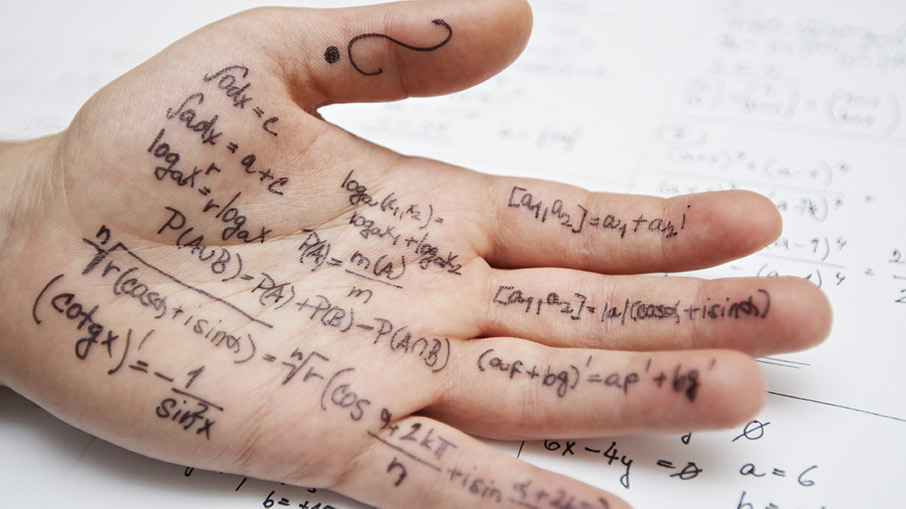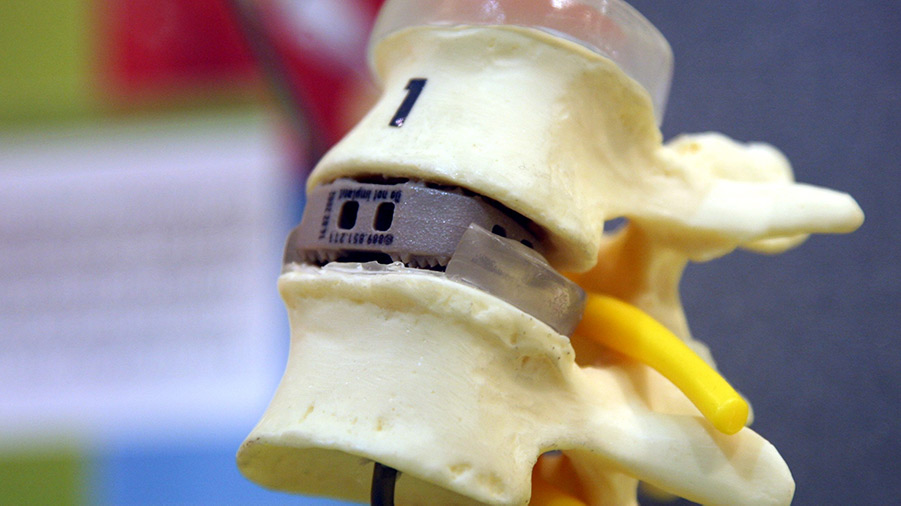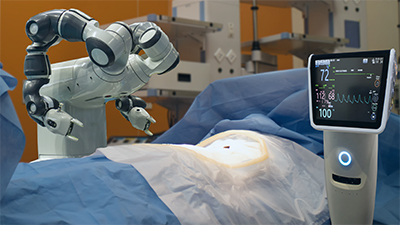Can mathematics replace anatomy for recommendations in surgery?

Written and edited by Nida Fatima, MD and Jakob Bower.
The human body is a machine, and a machine has mathematical precision. Like Adhikari SK 1, I believe everything under the sky is mathematically formulated.
The human body is three times lighter and ten times more flexible than cast iron while having equal tensile strength. However, it exhibits plastic behavior before breaking down. None of the clinical or imaging tools available can help a physician to assess anatomy before failure. Only measuring bone density works as a preliminary tool. Similarly, forces acting on bone have impacts internally—such as the distribution of the forces through the grain structure—and externally—such as bone’s effect on ligaments, muscles, and cartilages 1. These classical mechanics follow Newton’s laws of motion.
We owe much of our understanding of body structures to extensive research work and computational analysis performed in studies on biomechanics and kinetics.
Nowadays, intervertebral discs in the spine are being replaced by cages and prostheses for retaining vertebral mobility. Envisioning and integrating these components could not be done without mathematics.
If we focus on the human skeleton, vertebrae in the spine are discrete, however they have motion segments in accordance with the laws of kinematics. Cervical vertebrae allow flexion which is hyperbolic, and extension is parabolic. There is just a little translation at the occipito-atlanto-axial complex 1.
Let’s talk about the interaction of various forces that have helped in shaping body structures. The pineal gland in lower order animals was like an ‘eye’ outside the skull. Evolutionary processes led it to take it a deep position in the brain as per laws of mathematics and physics. The thalamus which contained the pineal gland was originally in the form of an ellipsoid, but over time was transformed to a shape resembling Poinsot’s spiral due to different forms of motion acting upon it 1.
The flow mechanism of heart circulation has been evaluated mathematically, known as hemodynamics. The conical spiral appearance of muscle fibers helps in opening the cavity in one twist and close the cavity on the next twist. In this way the circulation is maintained 1.
Even looking at hemoglobin oxygenation, the laws of mathematics predominate. Hemoglobin molecules undergo complex structural changes according to physical laws. These conformational changes are what is responsible for the functional properties of hemoglobin 1.
Similarly, new prognostic scoring systems that employ math are helping in setting recommendations for surgery. All above hemodynamics and kinematics in human body serve as a complete example of computational anatomy and help physicians and surgeons worldwide to make clinical decisions accordingly.
For example, if the spiral muscles of the heart are calculated to be abnormal or enlarged beyond their usual size and volume, the patient needs to undergo medical or surgical treatment to bring it into normal shape. Prostheses in joint replacement surgeries provide another example of utilizing kinematics and mathematics to ensure best outcome.
There are several prognostic scoring systems being established that will help in identifying complications, mortality, and morbidity among patients. These will eventually assist surgeons in developing strategies most beneficial for patients.
Everything in the body can be understood with mathematics, thus mathematics lays the foundation for all sorts of recommendations, surgical and otherwise.
Reference:
- Tom L. The Role of Mathematics on Human Structure: As The World Reviews. Ulster Med J. 2010;79(2):108.




